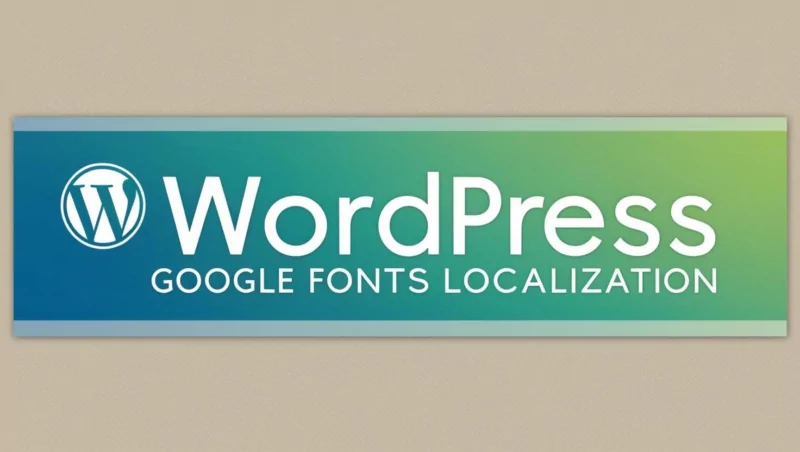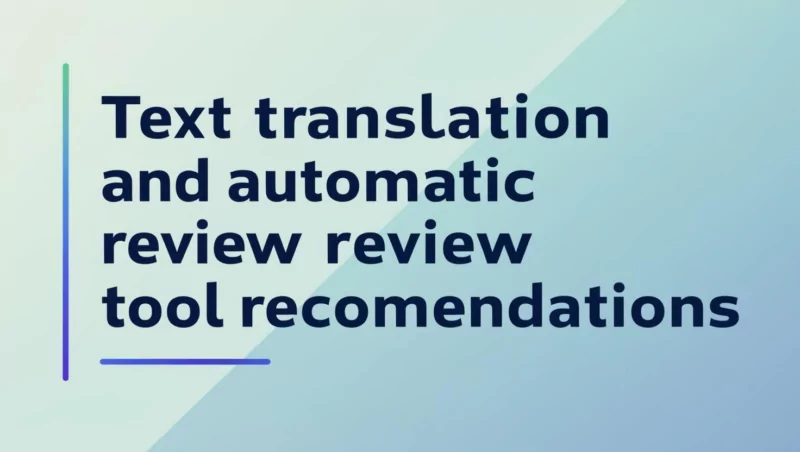
In addition to the website relevance and practicality proposed by Google, there is also a comprehensive website evaluation concept, which is brand authority. Websites with high domain authority can not only get higher rankings in search engine results, but also significantly improve user trust and brand credibility. Brand and authority are combined. It represents the website’s voice in a certain vertical field, and it is also a reflection of Google’s encouragement of website content to become experts in a specific field. How to build a brand, how to establish authority, and how to enhance the authority of a website through high-quality content are issues that every website owner should think about after 2022.
High-quality content is the top priority. Without high-quality content, nothing can be achieved. In addition to high-quality page content, we also need to repeatedly optimize the website around this concept, strengthen the brand identity of the website, and enhance the authority of the website. This is a long-term job that cannot be achieved overnight, but this issue is very important and cannot be ignored in the development of the website. Website authority should be the development direction of every website that wants to build a brand. In order for Google to recognize your website as authoritative content, you need to start from multiple dimensions such as content quality, technical optimization, trust endorsement, user signals, etc. The following are specific strategies and tool recommendations:
1. Content level: EEAT in-depth optimization
E-EAT is a concept proposed in Google’s quality rating guidelines, namely professionalism, authority, and credibility. In order to better evaluate search results, Google added E (Experience) to EAT. Does the content also show that it is based on some level of experience, such as actually using a product, actually visiting a place, or conveying someone’s experience? In some cases, what you value most should be content produced by people who have personally experienced the topic. Therefore, in the updated version of the quality rating guidelines, E (Experience) was added to the original EAT to become the new EEAT criterion. So how to optimize EEAT? Mainly consider the following aspects:
- Improve professionalism
- Author qualifications : Mark the author’s identity (industry certification, years of experience, success stories) for each article, and add an author page link to the personal profile/LinkedIn profile.
- Cite authoritative sources : Cite Google’s official guidelines, academic papers, industry white papers in the article, and add hyperlinks (avoid linking to low-quality sites).
- Original research : Regularly publish industry research reports (such as “2024 SEO Trend Survey”) and case analysis (using real data to prove the effect).
- Content depth and coverage
- Long-tail keyword coverage : Use Ahrefs/SEMrush to analyze user search intent and write special topics on long-tail issues such as “SEO tool comparison” and “Common mistakes in WordPress website building”.
- Content update mechanism : Set up a quarterly content review (such as “Updated SEO Checklist for 2024”) and mark the last updated time at the top of the article.
- Content format upgrade
- Multimedia : Key tutorials are accompanied by video explanations (uploaded to YouTube and embedded in the page), and complex concepts are presented with infographics (to increase sharing rate).
- Interactive tools : Develop free tools (such as “SEO Difficulty Scorer” and “Content Keyword Extractor”) to increase user stay time.
Technical SEO: Strengthening Trust Signals
- Website performance optimization
- Use PageSpeed Insights to optimize to above 90 points, enable CDN (such as Cloudflare), and compress images to WebP format.
- Ensure mobile experience: pass Google Mobile-Friendly Test and disable pop-ups that block the main content.
- Structured data markup
- Add schemas such as FAQPage (for tutorials), HowTo (site building steps), and Article (author, publication time).
- Use the Google Rich Results Test to verify that your markup is correct.
- Security and Compliance
- Enable HTTPS and regularly check the certificate status using SSL Checker .
- Add a GDPR-compliant privacy policy page to clearly explain how your data is used.
3. Authoritative endorsement construction
- High-quality backlink strategy
- Guest blogging : Publish in-depth articles on industry sites such as Backlinko and Search Engine Journal, and naturally link back to your own website in the article.
- Resource-based external links : Create resource pages such as “SEO tool encyclopedia” and “List of essential plug-ins for website building” to attract spontaneous citations from peers.
- Data cooperation : authorize the original research data to be used by the media (the source is required to be indicated).
- Brand Mention Monitoring
- Use Mention or Google Alerts to monitor when your brand name is mentioned but not linked to, and contact the other party to add a link.
4. Improvement of user behavior signals
- Reduce bounce rate
- Add a related content recommendation module in the article (such as “Website building tools you may need”).
- Insert a directory navigation (using the TOC plug-in) into long text to help users quickly locate it.
- Encourage interaction
- Add an “assignment” at the end of the tutorial (e.g., “Try to analyze your website using the methods in this article”) to encourage comments and questions.
- Set up a “content update subscription” to remind users to check back for new data.
5. Tools and Monitoring
- Content optimization : Use Clearscope to analyze the content structure of the top 10 competitors and supplement missing knowledge points.
- Traffic analysis : Google Search Console focuses on monitoring keywords with high impressions but low click-through rates and optimizes title tags.
- Competitor tracking : SEMrush’s “Position Tracking” monitors changes in competitor rankings and adjusts strategies accordingly.
6. Long-term trust building
- Expert collaboration : Invite industry KOLs such as Neil Patel for exclusive interviews and publish joint research.
- Industry certification : Apply for Google News cooperation, join BBB (Better Business Bureau) and other certification systems.
- User evaluation : Set up an independent evaluation page to display real user website building/SEO effect improvement cases (with before and after data comparison).
Key execution steps:
- Within 3 days : Check whether the author information of existing articles is complete and install the Schema markup plugin.
- Within 2 weeks : Produce 1 original industry report and proactively push it to 10 relevant media outlets.
- Within 1 month : optimize the loading speed of the entire site to within 3 seconds and complete the mobile adaptation test.
- Quarterly goal : Get at least 3 .edu/.gov external links and publish 2 interactive tools.
Through systematic output of in-depth content + polishing of technical details + linkage with authoritative resources, Google’s rating of the website’s authority can be significantly improved in 6-12 months.



